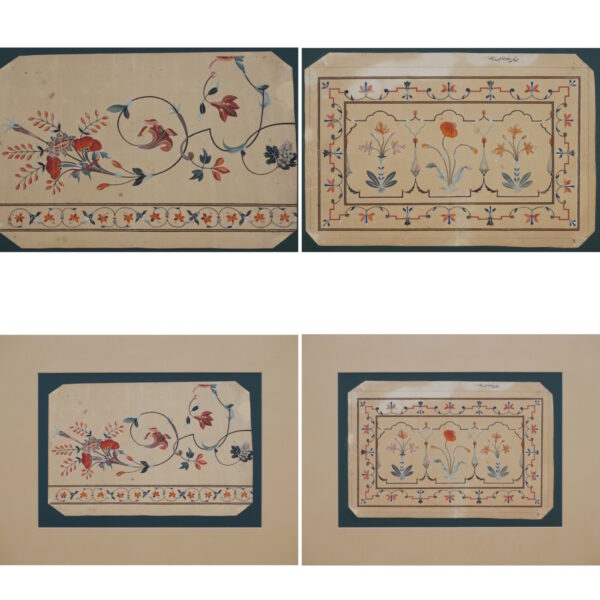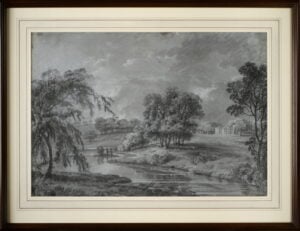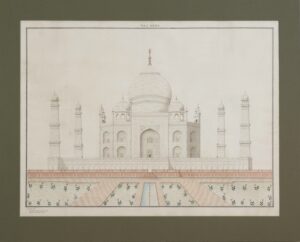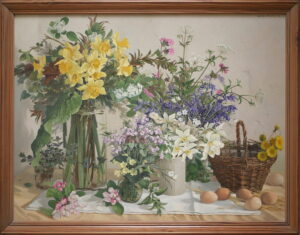Description
PROVENANCE
Sir Gore Ouseley was an entrepreneur, diplomat, and orientalist. In 1787, Gore Ouseley moved to India, became a successful trader, and established in 1792 a textile factory in the Dacca province, Bengal. He was, however, not associated with the East India Company. Ouseley used his leisure time to study languages, especially Persian, Sanskrit, and Arabic, became well-versed in Persian language and customs, and was introduced to the renowned orientalist William Jones (1746-94) who since 1784 had served as judge at the supreme court in Calcutta. Between 1795 and 1796, Ouseley moved to Lucknow, where the Nawwāb-Viziers of Oudh (Awaḏ) maintained their court. Ouseley made the acquaintance of Saʿādat ʿAlī Ḵān (r. 1798-1814), who in turn appointed him as major commandant. Ouseley used his position with the nawwāb-vizier to further British interests, and his services were rewarded by Lord Richard Wellesley (1760-1842), the Governor-General of India (1787-1805), who appointed him as aide-de-camp to Saʿādat ʿAlī.
In 1805, Ouseley returned to Britain; and a year later married Harriet Georgina Whitelocke (1787-1848). The couple had two sons and three daughters. Frederick Arthur Gore Ouseley (1825-1889) was a musical prodigy who became a composer and influential educator.
CONDITION
Both papers have had extensive repairs for tears and paper loss. They have been cleaned and lined onto suitable laid paper and filled as required. The drawings were further laid down onto a dark green wove paper and mounted using 100% museum quality cotton rag board. All work has been carried out by an accredited paper conservator.
HISTORY
These remarkable 18th century topographical studies of pietra dura inlays at the Taj Mahal in Agra, India, are sublime examples of the tradition of watercolour painting that emerged in the 18th and 19th centuries as the British East India Company expanded its purview in India and the officers became active patrons of the arts. Indian artists sought to satisfy their patrons’ European tastes, scientific interests, and sense of discovery. The artists, some of whom had previously trained in late-Mughal techniques of painting, evolved their styles to create large-scale images of India’s flora, fauna, people, and landscape.
The present watercolours exhibit and illustrate the decorations in pietra dura (an inlay with semi-precious stones) on the cenotaphs in the Taj Mahal, built between 1632 and 1647, for the Mughal Emperor Shah Jahan and his favourite wife, Mumtaz Mahal, who died during childbirth. The interior of the monument is a wondrous work of the lapidary arts and is replete with inlays of pietra dura; in Mughal India, this artistic carving method was known as parchin kari, literally ‘inlay’



